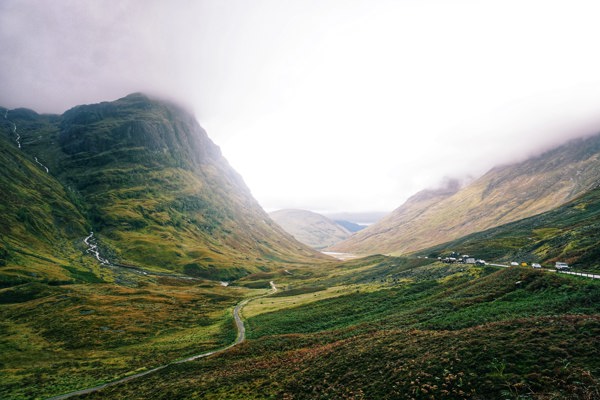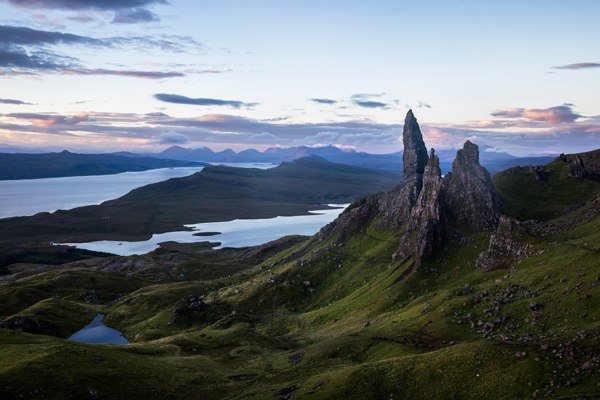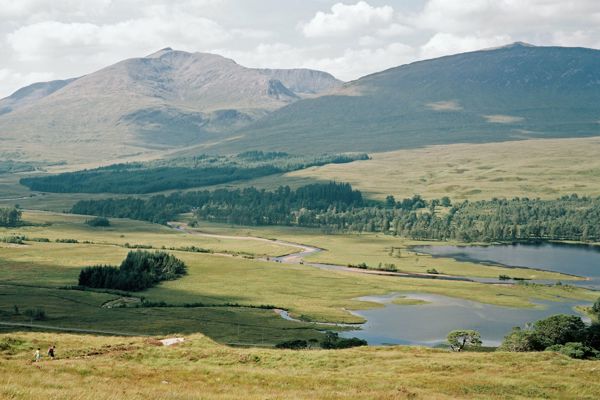In essence it is what we have all been hearing on the news: namely that where we have the good fortune to be close to nature we are faring better in these terrible times.
The Millennium Ecosystem Assessment report states that “Everyone in the world depends on nature and ecosystem services to provide the conditions for a decent, healthy, and secure life.” I agree and in this short post want to consider that at a local level and in doing so highlight the Nature Conservation (Scotland) Act 2004 which places a duty on all public bodies, including planning authorities, to further the conservation of biodiversity in undertaking their functions. I am thinking of this in connection with my patch in Fife.
Following decades as arch townies we moved to the Fife countryside in 2014. Our home is squeezed in between three farms with fabulous views to the Forth and access, from the garden to the Fife cycle path. Fife is fortunate to have a wealth of fantastic habitats, from its stunning coastline of cliffs and sand dunes to the blustery heathland of the Lomond Hills. These habitats support a huge amount of wildlife. Over 10,000 different species of plants and animals have been found in the Kingdom. This network of habitats, and the plants and animals that they support, together make up biodiversity - the rich variety of life on earth that here at home we can see that every day. We watch hares and pheasants, roe deer, and weasels on a daily basis lolloping around (and eating) the garden and we see (rarely but to my utter delight) and hear tawny owls. A myriad of little birds are also constantly darting into bushes all over the garden and I can see them now, outside the study window, as I tap on my tiny keyboard perfecting this remote working lark!
We are all taught that biodiversity plays a vital role in our everyday life. It sustains the ecosystems that provide us with food, fuel, clean water, health and wealth:
- plants produce the air we breathe.
- Insects and fungi break down dead plants and produce soil.
- Bacteria breaks down our waste.
- Biodiversity provides us with the food we eat.
- It gives us the materials we use in our everyday lives, such as textiles and timber.
- Many of the pharmaceutical drugs we use to treat our illnesses have their origins in biodiversity, such as the cardiac stimulant Digitoxin which comes from the common foxglove and of course there are a large number of medicinal herbs many of which are in the garden including the wild garlic that has the most sensational smell at this time of year.
Living in the countryside but near to small towns such as Aberdour and Kinghorn has led me to have a greater interest in nature and biodiversity and in how the Fife Development Plan protects that, particularly as plans for new housing schemes grow closer to the homestead as more housing is required. We have had our own brush with the planners in relation to this when the last local plan was being finalised and it is a matter which is of great local interest to many on all sides of the argument both for and against new housing and how it affects our countryside particularly in a farming area where the competing needs of housing and food security can clash. Covid-19 and our nationwide positive response to nature has only served to highlight these issues.
Here in Fife the Development Plan is designed to ensure:
- Fife's environmental assets are maintained and enhanced.
- Green networks are developed across Fife.
- Biodiversity in the wider environment is enhanced and pressure on ecosystems reduced enabling them to more easily respond to change.
- Fife's natural environment is enjoyed by residents and visitors.
Planning policy is designed to safeguard Fife’s natural heritage through the protection of priority habitats, species and habitat networks of wildlife sites and corridors, watercourses, wetlands, landscape features and open space, some of which may not fall within designated sites. I believe in that and think that this has never been so important to us all. Covid-19 has perhaps helped us appreciate what we have and made us consider how we must protect it and I hope that, by taking an interest, we as locals can ensure that the Council upholds these aims. It has never been more important to ensure that thoughtful development design delivers a balance between high-quality, successful places for people whilst simultaneously protecting and enhancing natural heritage assets and biodiversity, and by ensuring that the farmers can deliver the food security we require. We must guard against poorly sited and designed developments which can affect species and habitats and lead to habitat loss, degradation and fragmentation.
As ever if you have any agricultural or rural queries please contact me or any other members of the Morton Fraser Agricultural and Rural Property Team. We are all working remotely and would love to hear from you.


